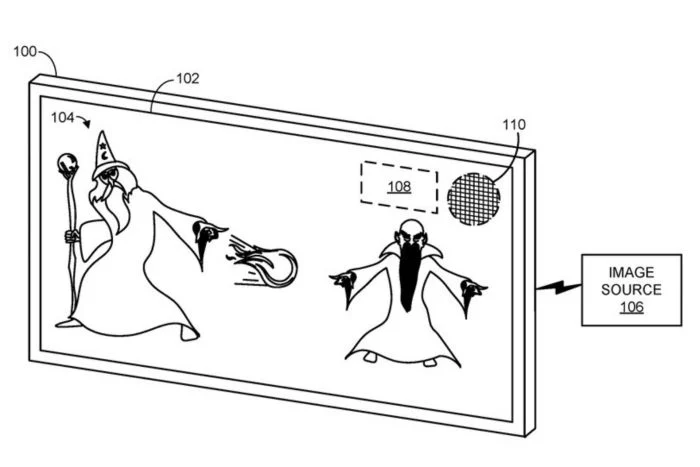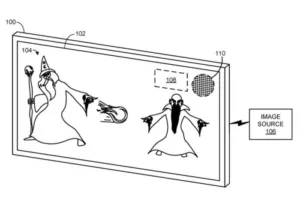Microsoft Technology Licensing,, a subsidiary of the technology giant, has filed an innovative patent application that aims to enhance the visual experience on digital displays through a novel luminance control technique. Dated February 10, 2022, and recently published, this application outlines a method to mitigate flickering and brightness inconsistencies across digital displays..

The core of Microsoft’s invention lies in its approach to controlling the luminance of pixel rows within a digital display. Traditional displays often struggle with maintaining consistent brightness levels, especially when dealing with variable refresh rates—a common scenario in dynamic visual content such as video games or videos. Microsoft’s patent application proposes a solution by employing pulse-width modulated signals in a unique fashion, which could significantly reduce or eliminate the perception of flicker and brightness variations, enhancing overall visual quality.
According to the description in the patent, the innovation involves dividing the pixel rows of a digital display into two groups. One group receives a pulse-width modulated signal beginning with an “on” pulse, while the other starts with an “off” pulse. This strategic alternation can be applied across different image frames, effectively smoothing out the luminance across the display and counteracting the inconsistencies that can arise with non-integer multiples of the display’s refresh rate.
What sets this patent application apart is not just its potential to improve image quality but also its implications for energy conservation and user comfort. By optimizing the duty cycle of the pulse-width modulated signal, the system can adjust the display’s luminance based on ambient light conditions or power conservation needs without compromising the stability of the display’s performance.
The application also details how this technique can be adapted to a variety of display technologies, including OLED (organic light-emitting diode), QLED (quantum dot light-emitting diode), and MicroLED displays. This versatility underscores the broad impact the invention could have across the entire spectrum of digital devices.
Whether this patent has legs, in other words, has an impact on actual displays, remains to be seen, but the company usually goes down these paths because it sees problems that are not being addressed by the universe of products that support Microsoft software. A push, a shove, or a nudge? Time will tell.

